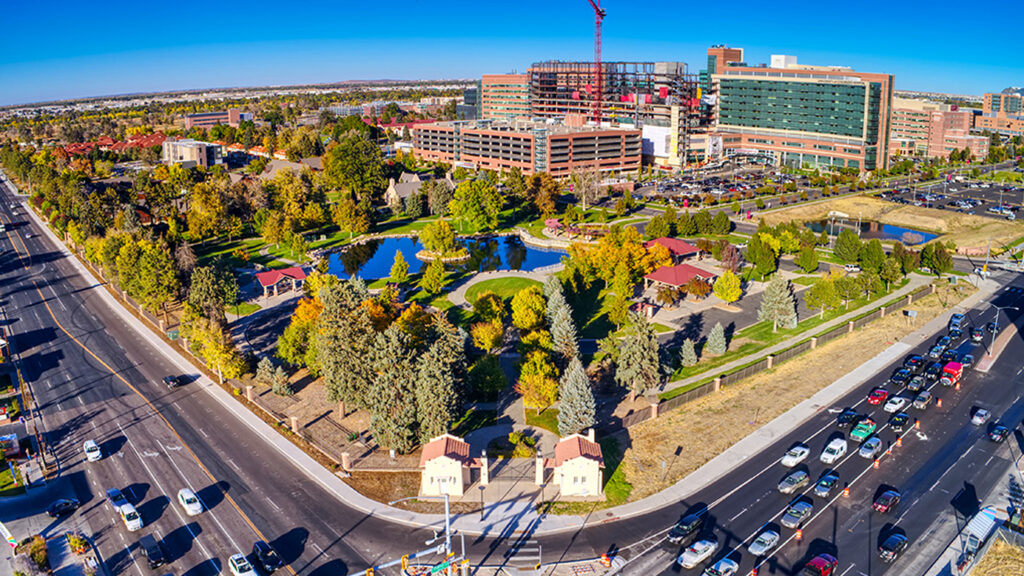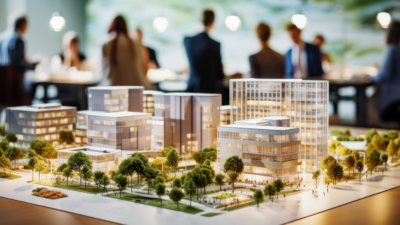Blending work, housing, and shopping into mixed-use developments is not a new concept in real estate. Recently, however, an innovative approach has been gaining traction in the realms of healthcare and housing – the concept of integrated communities.
Deloitte’s 2040 Vision for the Future of Health report outlines the emergence of health hubs that are “made up of care facilities and health communities—both virtual and physical, and will provide consumer-centric delivery of products, care, wellness, and well-being.”
The past few years, sites of care have already been shifting away from traditional in-patient settings to medical offices and locations of greater convenience and access within communities.
The Healthcare-Housing Nexus
The relationship between healthcare and housing is deeply intertwined. It is widely acknowledged that stable housing is a social determinant of health. Lack of access to safe and affordable housing can lead to numerous health challenges, including increased risk of chronic illnesses, mental health issues, and limited access to healthcare services.
Conversely, poor health can also contribute to housing instability, as medical bills and limited mobility can make it difficult for individuals to maintain stable housing.
And according to a RE Journals article, the trend is growing. People desire to live in dense multifamily communities that are located near medical providers.
 Shawn Janus
Shawn Janus
“Integrated communities embrace the symbiotic relationship between healthcare and housing and recognize that they can be mutually beneficial to both health providers and patients.”
The Benefits of Integrated Communities
Integrated communities embrace the symbiotic relationship between healthcare and housing and recognize that they can be mutually beneficial to both health providers and patients.
With healthcare services embedded within the community, a multidisciplinary approach to care is more feasible. Residents can benefit from coordinated care, including primary care, mental health services, social services, and community support programs. Healthcare providers also benefit by being located near their patients, providing easy access at a convenient location.
Another benefit is the enhanced social connections among residents, which manifests a sense of belonging and community. These networks play a crucial role in combating social isolation and improving mental health, ultimately leading to healthier and happier lives.
In a recent Forbes article, real estate developer Ryan Companies touched on the value of these sites: “These locations act like airports. Once established, they rarely close and they provide an enduring service to those living nearby.”
Overcoming Challenges and Future Directions
While the concept of integrated communities shows great promise, there are challenges to overcome. Funding, coordination between different stakeholders, and policy barriers are some of the hurdles that need to be addressed. However, the positive outcomes and cost-effectiveness of integrated communities have become more apparent, and there is a growing recognition of their value among policymakers and healthcare providers.
Looking ahead, the future of these types of mixed-use communities holds immense potential. Technological advancements, such as telehealth and digital healthcare platforms, can further enhance the delivery of healthcare services within these communities. Additionally, incorporating sustainability and environmental design principles can create healthier living environments that promote physical activity and reduce the environmental footprint.
The rise of integrated communities marks an exciting and transformative shift in the healthcare and housing sectors. By recognizing and addressing the interconnectedness of the two, we can create environments that promote health, well-being, and social harmony.




